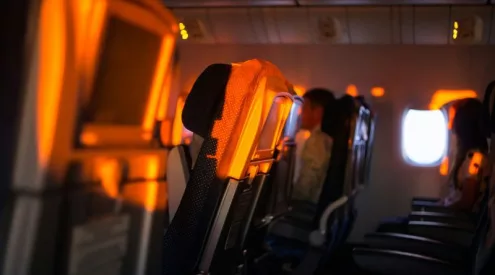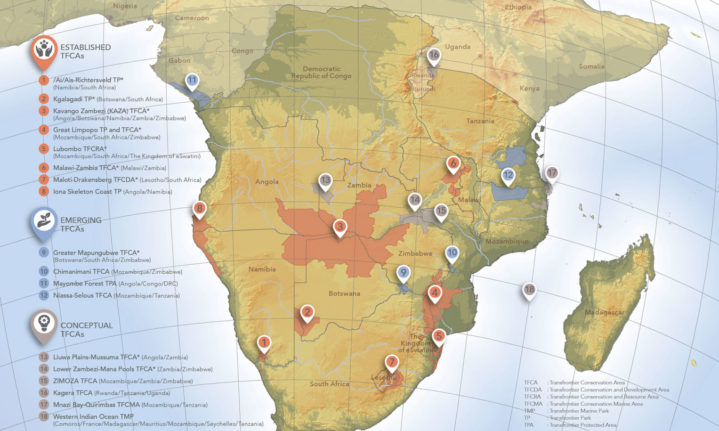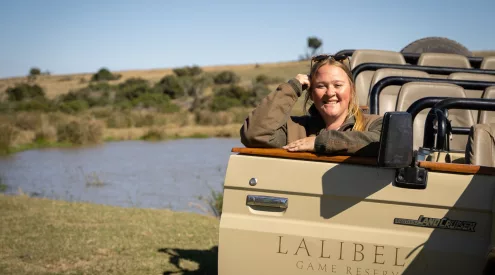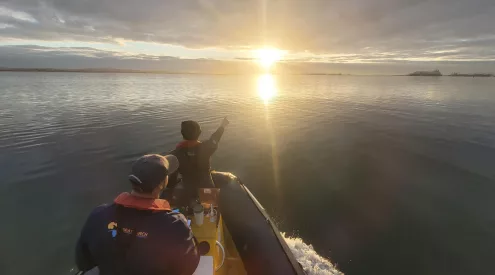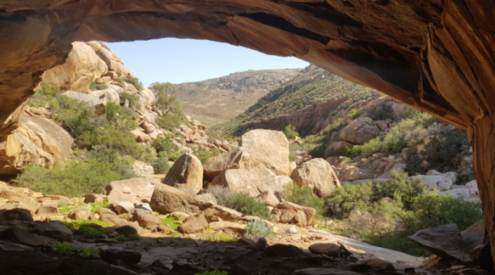Imagine there are no borders. It’s easy if you try. Instead, imagine natural areas that allow for gene pools, water flow, wildlife movement and plant species to flourish. These areas also unlock regional economic development, conserve biodiversity and promote regional peace. I’m sure John Lennon would approve.
The Peace Parks concept began back in 1990, when Dr Anton Rupert, then President of WWF South Africa, and Mozambique’s President Joaquim Chissano discussed joining protected areas across the two countries’ borders.
On 1 February 1997, Peace Parks Foundation was founded by HRH Prince Bernhard of the Netherlands, Nelson Mandela and Dr Anton Rupert to facilitate the establishment of peace parks in southern Africa. The dream was to reconnect Africa’s wild spaces to create a future for man in harmony with nature.
At the time, Madiba said, ‘I know of no political movement, no philosophy, and no ideology which does not agree with the peace parks concept as we see it going into fruition today. It is a concept that can be embraced by all. In a world beset by conflict and division, peace is one of the cornerstones of the future. Peace parks are building blocks in this process, not only in our region, but potentially the entire world.’
Nearly 25 years later, southern Africa’s TFCAs incorporate over half of the declared conservation land in the region. At over a million square kilometres, they rival the combined landmass of France and Spain.

A map of the 18 TFCAs in southern Africa Credit: Boundless Southern Africa
An official description refers to a TFCA as ‘a cross-border region whose different component areas have different forms of conservation status such as national parks, private game reserves, communal natural resource management areas and even hunting concession areas. Although fences, major highways, railway lines or other forms of barriers may separate the various parts, these areas nevertheless border each other and are jointly managed for long-term sustainable use of natural resources.’
There are 18 TFCAs in total in southern Africa. The Peace Parks Foundation is heavily involved with these 10:
1. Great Limpopo
Home to more than 850 wildlife and 2,000 plant species, the Great Limpopo Transfrontier Park was one of the first formally established peace parks in southern Africa. This 35 000 km² park links the Limpopo National Park in Mozambique, the Kruger National Park in South Africa, and the Gonarezhou National Park in Zimbabwe. The even larger Great Limpopo Transfrontier Conservation area includes the Banhine and Zinave National Parks and the Massingir and Corumana areas in Mozambique, as well as various private and state-owned conservation areas in South Africa and Zimbabwe.
2. Kavango Zambezi
Nestled within the boundaries of the Kavango Zambezi (KAZA) TFCA are two of Africa’s biggest tourist attractions – Victoria Falls and the Okavango Delta. KAZA is situated in the Kavango and Zambezi river basins where the borders of Angola, Botswana, Namibia, Zambia and Zimbabwe converge. It spans an area of approximately 520 000 km² and includes 36 proclaimed protected areas.

The Okavango Delta forms part of the Kavango Zambezi TFCA. Credit: Kadizora Camp
3. Lubombo
From coral reefs and turtle nesting sites, to coastal plains and over woodlands to the Lebombo Mountain Range, this area has striking biodiversity. It includes four distinct transfrontier conservation areas between Mozambique, South Africa and The Kingdom of eSwatini, as well as Ramsar sites: Ndumo Game Reserve, the Kosi Bay System, Lake Sibaya, the Turtle Beaches and Coral Reefs of Tongaland and Lake St. Lucia (Africa’s largest estuary).
4. Greater Mapungubwe
Situated at the confluence of the Shashe and Limpopo Rivers, the Greater Mapungubwe Transfrontier Conservation Area encompasses areas in three countries – Botswana, South Africa and Zimbabwe. It includes Botswana’s Northern Tuli Game Reserve and Mapungubwe, once home to a civilisation of 5000 inhabitants around 1100 AD.
5. Maloti-Drakensberg
Straddling the border between Lesotho and South Africa and home to the world’s greatest outdoor gallery of 40 000 rock paintings, this cross-border protected area preserves the globally important biodiversity and cultural value of the entire region. This stretch of land is home to almost two million people, contributing to an explicit goal of the TFCA – to make a positive difference in the livelihoods of people by ensuring that they benefit from nature-based tourism.

The Zambezi River runs between the shores of Mana Pools in Zimbabwe (left) and Zambia’s Lower Zambezi National Park (right).
6. Lower Zambezi-Mana Pools
This transfrontier conservation area lies in the Zambezi Valley, which since the dawn of time has been used by wildlife as a thoroughfare between the escarpment and the Zambezi River. Straddling a mighty river, this massive wildlife sanctuary is composed of the Lower Zambezi National Park in Zambia and the Mana Pools National Park in northern Zimbabwe.
7. Liuwa Plains-Mussuma
This TFCA protects the second largest wildebeest migration in Africa, as well as a significant portion of the catchment area of the Zambezi River, Africa’s fourth largest river system. It spans the border of Angola and Zambia.
8. Malawi-Zambia
This is made up of two main components. The Nyika-North Luangwa section is centered on a grassland plateau rising over 2 000 m above the bushveld and wetlands of Vwaza Marsh. To the south, the Kasungu-Lukusuzi section is an area of importance for biodiversity conservation.

Tatasberg in the |Ais-|Ais / Richtersveld National Park. Credit: Scott Ramsay
9. /Ai/Ais-Richtersveld
The /Ai/Ais-Richtersveld Transfrontier Park spans some of the most spectacular arid and desert mountain scenery in southern Africa – and includes the Fish River Canyon, the largest canyon in Africa. It comprises the Ai-Ais Hot Springs Game Park in Namibia and the Richtersveld National Park in South Africa.
10. Kgalagadi
Established in May 2000, Kgalagadi is the only Transfrontier Park that is open in the true sense of the word – here tourists can move freely across the international border within the boundaries of the park. This peace park has been in de facto existence since 1948 through a verbal agreement between South Africa and Botswana, and consisted of the Gemsbok National Park in Botswana (proclaimed in 1971), the Kalahari Gemsbok National Park in South Africa (proclaimed in 1931) and subsequently extended to incorporate the Mabuasehube Game Reserve. Today, the Kgalagadi Transfrontier Park is 35 551 km² in extent, of which 73% is in Botswana with the remainder in South Africa.








